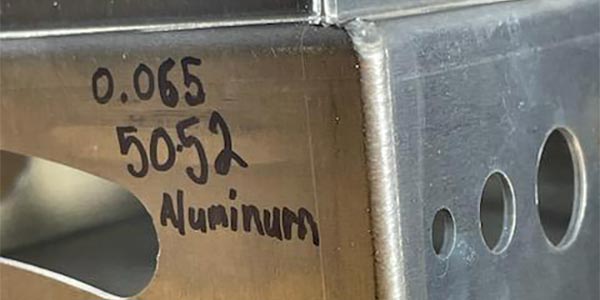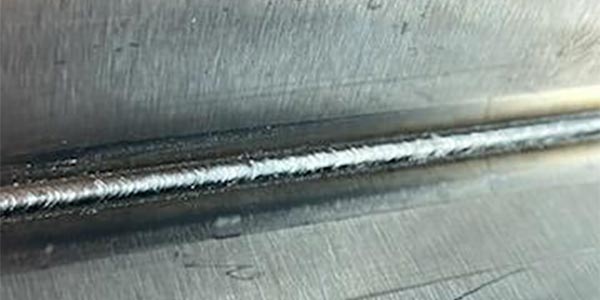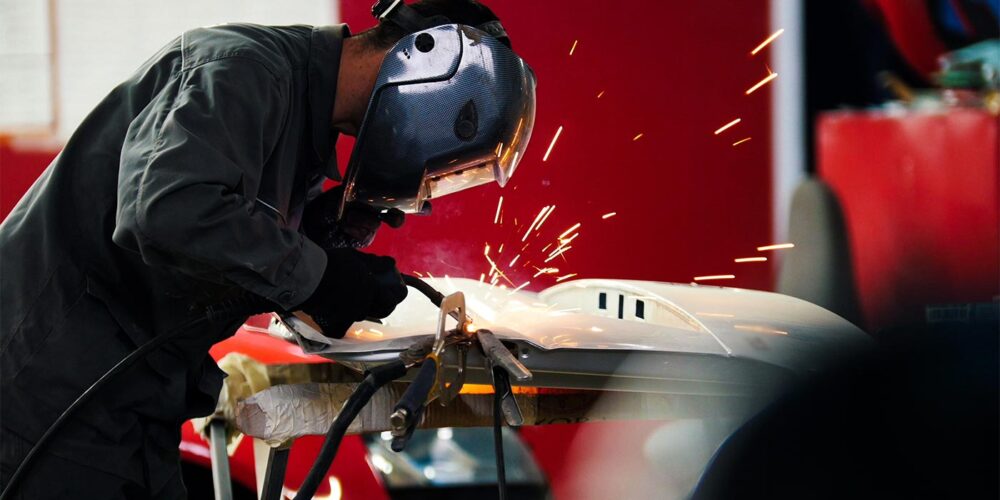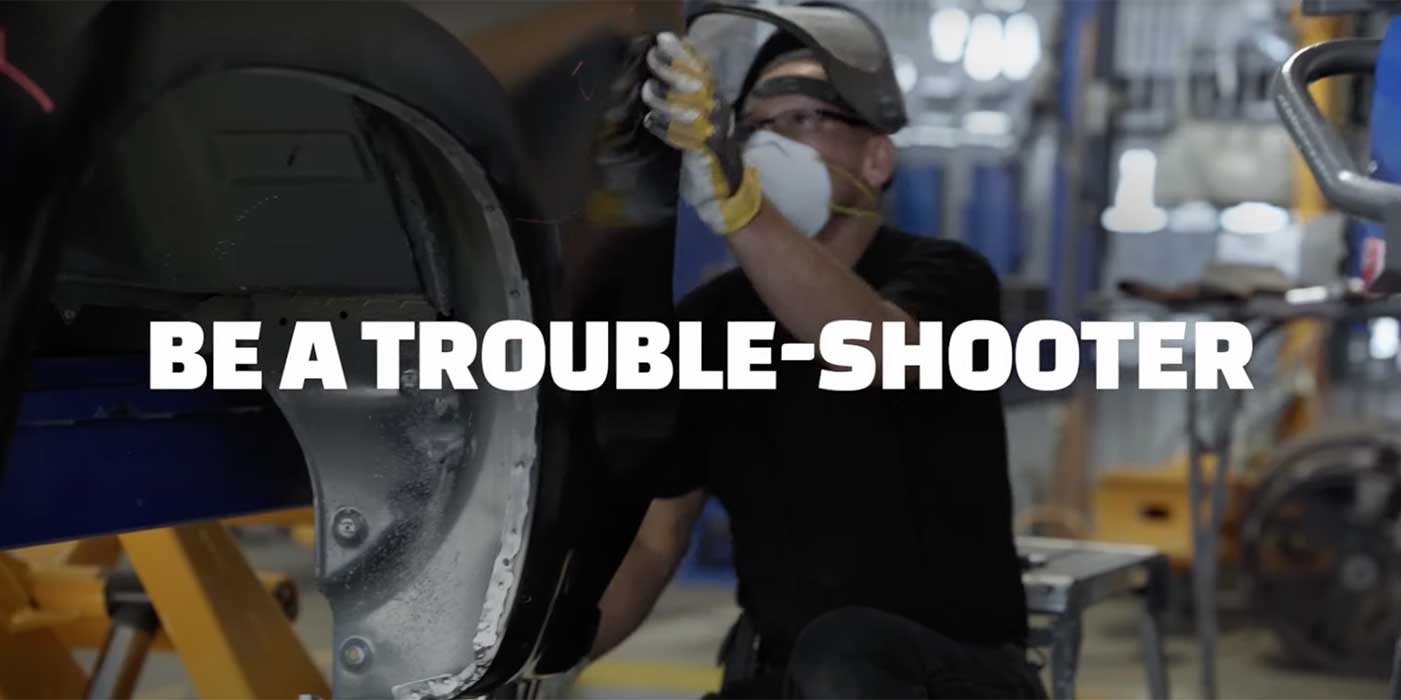In the highly competitive automotive industry, change is inevitable. Manufacturers are challenged to meet new government standards in fuel economy as well as improve safety in their vehicle designs. Engineers consider many factors when developing materials to be used in the manufacture of their vehicles, including safety, fuel efficiency, manufacturability, durability, quality and environmental friendliness.
Materials and automotive applications are selected to minimize weight while meeting key criteria such as crash performance; stiffness; and forming requirements combined with the carbon footprint while the vehicle is being made (manufacturing), while the vehicle is on the road (tail pipe) and when the vehicle is recycled at the end of its life. This has led to the design of more complex steels that can maintain all the key properties required and be manufactured with the least amount of energy.
Manufacturing one complex part may use less energy, create less of a carbon footprint, increase strength, lower vehicle weight and cost less than creating multiple pieces to be joined. However, this process has a lot of implications for the collision repair industry. Identifying the material to be repaired or replaced and knowing the proper procedure as well as knowing the proper equipment that will be needed to properly join the parts will become more involved.
More Complex Repairs
The trend of some parts being larger and multi-shaped will make vehicle repairs more complex. Different types of advanced high-strength steels or AHSS (steels with a strength rating greater than 550 megapascals) and ultra high-strength steels or UHSS (steels with greater than a 780-megapascal strength rating) will be used for key performance factors, such as strength ductility and fatigue properties, in different parts of the vehicle like crumple zones and occupant compartments. Steels are engineered by changing their chemical and/or physical manufacturing process or recipes. Knowing these differences will help you explain or educate on why the damage is repaired a certain way and why the cost to repair will correlate to the time, skill and equipment required to complete the repair correctly. I can’t wait for the day we explain TRIP-assisted, quenched and portioned steel, and medium Mn steel and its repair process.
Steel vs. Aluminum
Vehicle manufacturers are always looking for ways to improve the manufacturing of their vehicles. All the factors mentioned with steel are also factors in determining if aluminum better suits the need. Aluminum is a contender in all factors with the added benefits of being lighter and having corrosion-resistance properties.

The drawback is the high cost of initial manufacturing with raw materials and creating a carbon footprint the size of Bigfoot’s when compared to steel. Using both steel and aluminum as well as plastics in vehicle design has created a hybrid approach to all manufacturing.
How Does It Affect the Repair Industry?
How does this affect the repair industry? The answer is no surprise, as we’ve seen these changes coming into our shops throughout the years. We’ve learned that new procedures and new equipment will always be necessary to meet the demand of repairing new materials in vehicles. Shops today must consider all of the new advancements in steel and aluminum materials when purchasing equipment and training technicians to repair today’s vehicles and the vehicles of the very near future.
Understanding how the materials operate or function during normal driving and in collisions will become more important for shops in the near future. Failure to understand the types of aluminum or AHSS steels used and the limitations of working with these metals can lead to a huge deficiency when repairing these vehicles — a deficiency which could cause a component to fail due to corrosion, a change in strength or ductility that creates a weakness and a failure to comply with vehicle manufacturing requirements.
With owners holding onto their vehicles longer than they did in the past, fatigue in the heat affect zone (HAZ) may create a warranty issue and a customer trust issue down the road. The other factor to consider is that your shop warranty may be for as long as the owner owns the vehicle, thereby extending your liability much longer — even after the vehicle is sold.
Metal Joining
With all the changes in metals in vehicle manufacturing, metal joining methods have changed too — not only clinches, squeeze-type resistance spot welding (STRSW), gas metal arc welding (GMAW), rivets and rivet bonding but also HAZ and the ramifications of doing plug welds and butt joints or overlaps on metals, particularly on new AHSS. This focus brought about an in-depth look at welding in the collision industry and the equipment needed to weld the materials being repaired correctly.
One of my observations I made through all my learning and training was the advancement of the welders offered to the collision repair industry. Pro Spot, Miller, Lincoln-Electric and a plethora of other manufacturers seized the opportunity to present welders with new features that made creating welds or even reproducing factory welds a reality. These welders also made controlling the HAZ much easier for technicians. From spot welds to metal inert gas (MIG) welding on steel and aluminum, these new features, including better temperature control and pulse, changed the game for collision repair.
New AHSS
This rolls out the carpet for new second-stage and third-stage AHSS coming into the industry. Vehicle manufacturers will be establishing new repair procedures for more complex shapes and classification of metals. There are currently around 30 to 50 different grades of AHSS (depending on who you talk to), and they’re increasing every day. How to weld, where to weld and how long of a weld can be made will depend on the equipment meeting the repair parameters established by vehicle manufacturers for the different grades of steel or different alloys of aluminum and the type of part manufactured. Even the structural straightening of parts will become more complex as the work hardening and forces needed to straighten a structure as well as the “springback” of newer steels challenge technicians even more than current vehicle structures. Researching what will be required to repair vehicles, including whether sectioning is allowed, the type of welds permitted and equipment parameters, may become the norm. As shapes become more complex, how will damage be removed? Or can it be removed, requiring more replacement of parts? The future will be interesting for technicians for sure.
The Why
The I-CAR classes that introduced these steels to the industry were sometimes confusing and intimidating to technicians who just wanted to fix cars. Reading and learning the information was found to be a cure for insomnia. Why do I need to know this stuff, they asked, when all I need to know is the right welder setting and where to weld? This is an interesting point to ponder when thinking about where the collision industry is heading.
The workforce is getting older, and fewer new technicians are entering field. Those who are entering the industry are doing so by going directly to shops and learning as apprentices, bypassing tech school due to the cost of school, the cost of tools and the industry not wanting to wait for them to graduate. Workers are hard to find, and shops are willing to take on apprentices with the idea that they can teach faster and better than tech colleges. How much of the “why we do what we do to repair a vehicle” is being passed on to new employees in the apprentice process? That’s something to consider because, without knowing why, will technicians make the right decisions on welding or any other type of repair?
Future Welding?
So, with all that has been mentioned, let me ask: Are we teaching welding or automotive joining methods? I think there is a difference between the two. A welder knows why and how one makes a certain weld. A technician that knows welding basics is familiar with the HAZ and its effects on steel microstructure. But I’m not sure what the term is for an employee who does not have that training and knowledge. Without this knowledge, mistakes or decisions will be made that should not be while repairing vehicles.
New welders that were introduced to the industry lowered the learning curve for technicians. To be honest, less time was spent on developing skills and the why of welding. Instead, it was more about finding the correct settings to make the welds — finding the setting to make your weld “look like this” versus “why does your weld look like this?”. Unfortunately, it’s not just about that. It’s also about understanding wire speed, heat, correct wire and size of wire along with the correct wire for the metal being welded — a critical piece for a technician to know before joining metals during repairs.
The new welders are both good and bad in my opinion. Bad because there is less of a focus on the why and how to weld but good because the welding machines compensate for low skills or lack of training. Don’t get me wrong — there are great technicians out there who know how to weld. But let’s also be honest: We know the other end of the spectrum exists also.
Learning to Weld
Where do we learn to weld? It’s a dilemma for the collision industry, as so much training is done virtually. But can you learn to weld virtually? So much of collision repair requires hands-on experience, including learning to weld. This is why tech schools are so valuable to our industry. Practice and experience are what future technicians need. Tech schools explain the “whys,” but with the new welders now available, is that what will happen? Envision this scenario for an apprentice:
- Here is a picture of what the weld should look like.
- Here is how to destructively test a weld.
- Here is how to set the welder for correct settings.
- Now duplicate.
Again, I’m just stating what I’m observing in the industry. I appreciate the consistency and quality of welds the new welders have brought to the industry. I also appreciate the speed in which technicians can start creating quality welds. I just want technicians to understand why they must know the background of the metals and manufacturing to make the right choices and follow welding guidelines to complete repairs. Training and educating must be done together.
Laser Welding
With AHSS becoming more complex and aluminum also still a strong contender in vehicle structure manufacturing, I see technicians needing a process to meet all older and new vehicle repair requirements. I also see the next evolution in equipment that may be coming.

I recently had the opportunity to play with a new laser weld system, the LightWELD, and was more than impressed with what I saw. In a relatively short time reading directions, a technician can be using this welder and creating incredible welds on steel, aluminum and more. And the welds are done fast.
Laser welders offer a very limited HAZ that fits the need of new metals being used in vehicle manufacturing. Also, like friction stir welding, laser welding also has an advantage when it comes to welding dissimilar metals. The laser makes a weld that requires very little input from the operator and requires very little dressing compared to GMAW currently being used. Similar to current GMAW welders, laser welders are easy for any level of technician to use. Plus, they’re affordable.
Summary
I really encourage shops to look into the future and see more change coming in the collision industry. Being proactive and looking to the future will be a shop’s best road to success and longevity.














